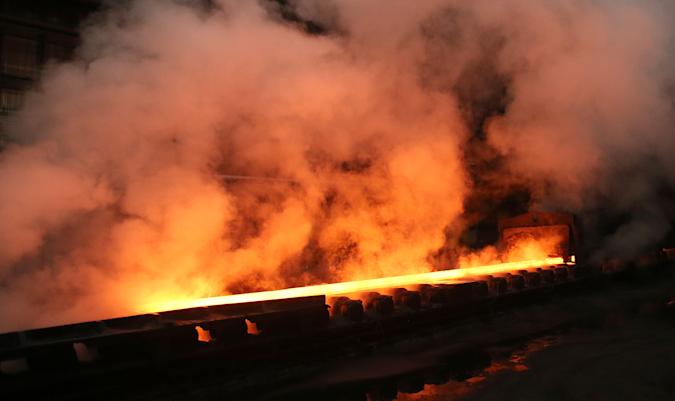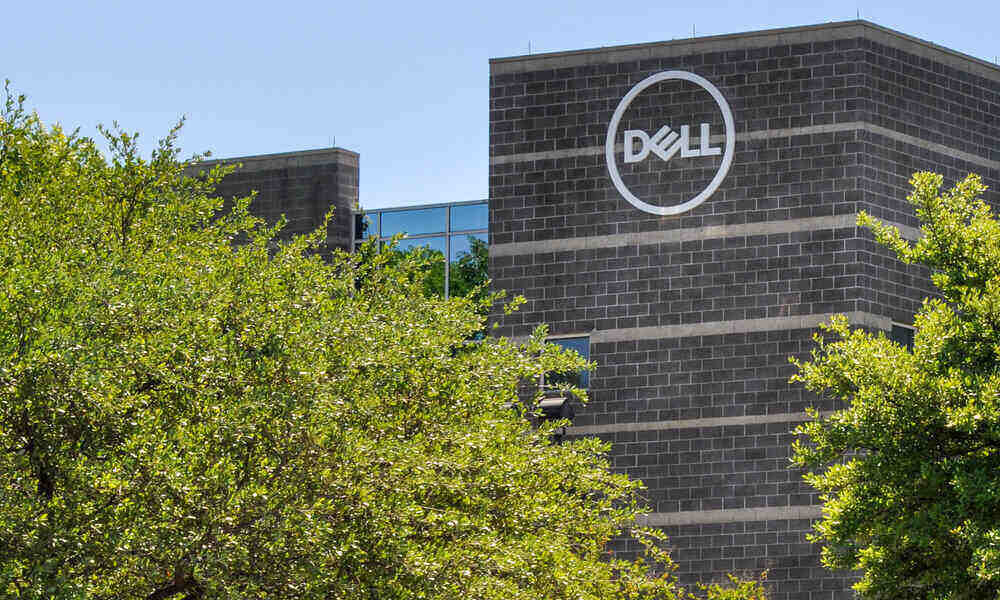

This Tuesday, President Joe Biden’s administration created the nation’s first task force, called Buy Clean. The organization will reportedly work with federal agencies, including the Departments of Defense, Energy and Transportation, to source low-carbon building materials from US factories. This will be done in part by providing guidance on incentives and technical assistance that the federal government can in turn provide to domestic producers to improve accountability and reduce their emissions.
What’s more, the move will also help the government determine the materials it should use for federally funded projects, as well as develop pilot programs to procure those same materials. “The focus here is on industry — it’s a really big deal,” said David Hart, professor of public policy at George Mason University in Virginia. He also told The New York Times that the federal government had previously “neglected” the issue of greenhouse gas emissions from a “difficult and important” industrial sector.
Part of the problem was that there was no single agency tasked with pushing steel, aluminum, concrete, and many other important building materials companies to reduce their negative environmental impact. It is important to note that the industrial sector in the United States of America currently accounts for approximately one third of all domestic greenhouse gas emissions. As the world’s largest consumer, with an annual budget of about $650 billion for goods and services, the federal government does have an enormous amount of purchasing power that it can use to at least incentivize industrial players to change how they make these very basic materials.
And with its landmark climate change legislation stuck in a political impasse, the Joe Biden administration recently turned to executive action to try to meet the president’s ambitious goal of cutting domestic greenhouse gas emissions by half by 2030. As an example, it just recently announced new measures to clean up and strengthen the US power grid, investing really huge amounts of money in upgrading power lines as well as improving smart grids. These efforts have advanced meaningful climate policy, but the scale of the climate crisis still requires support from all parts of the federal government, not just the executive branch.





